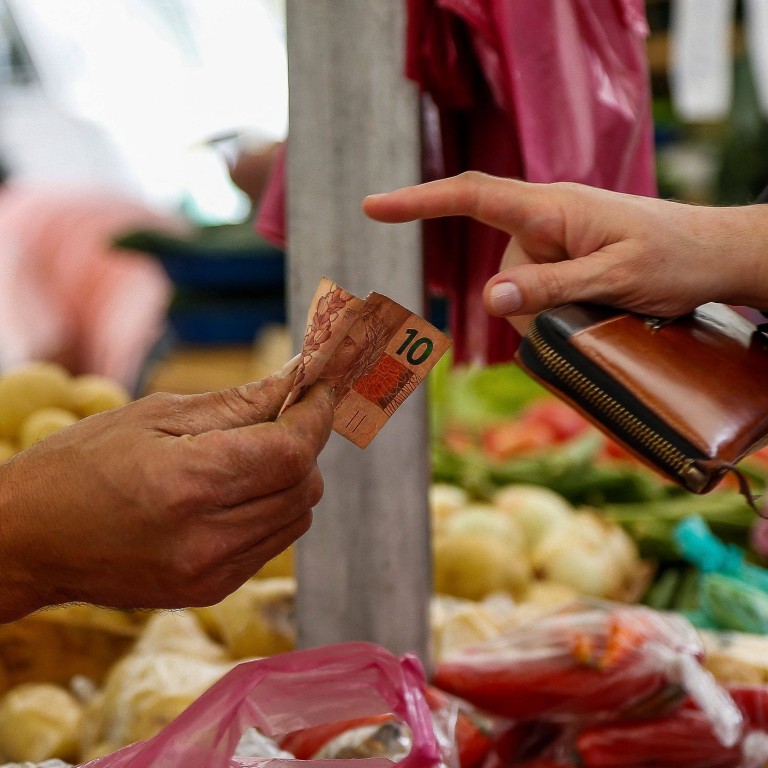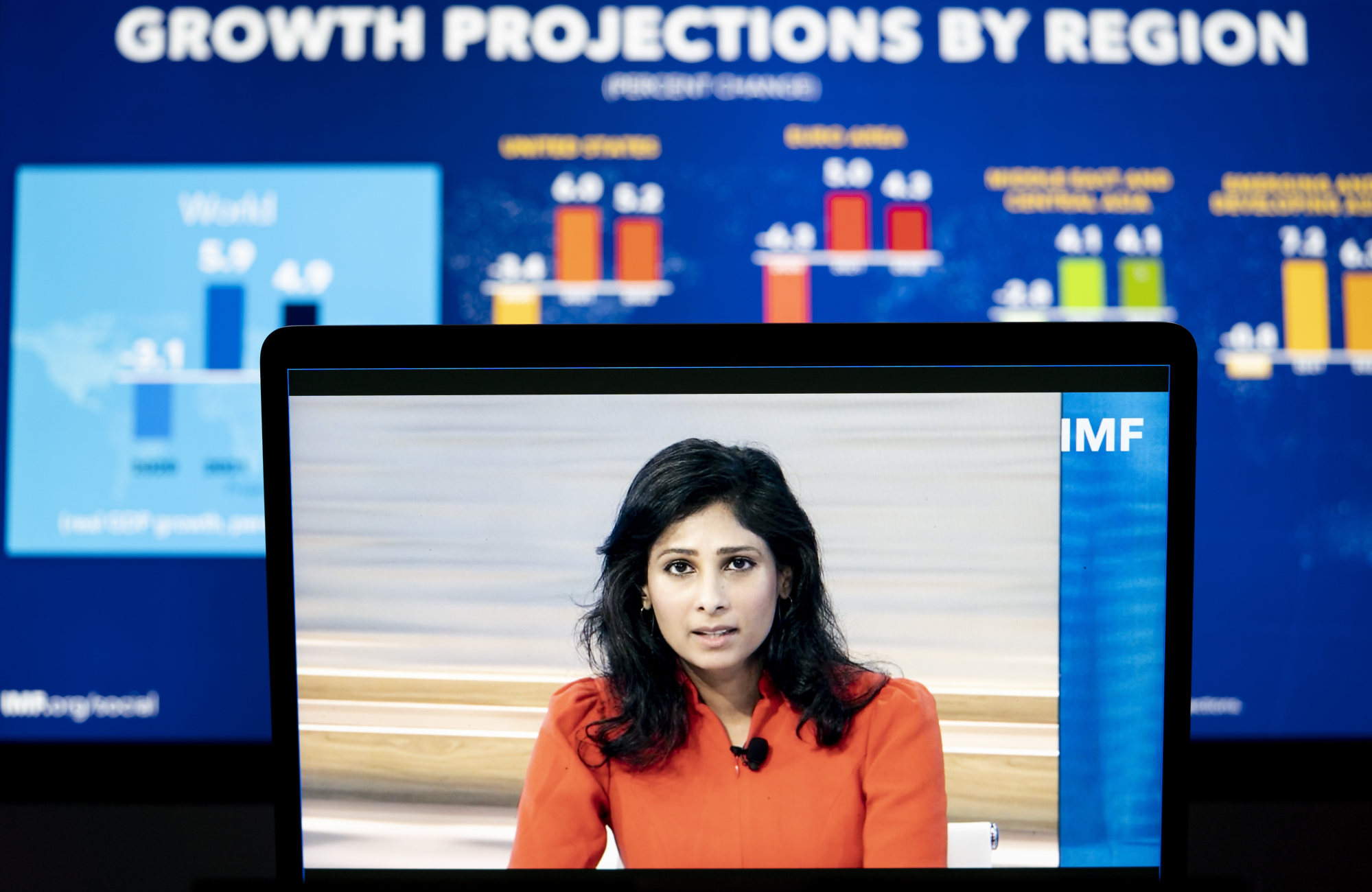
Global inflation crisis looms because central banks let economies ‘run hot’
- Contrary to the hopes of policymakers and pundits, the global surge in inflation could be about to get worse instead of returning to normal
- Countries that are ‘running their economies hot’ to maintain output and employment are instead fuelling a potential global economic disaster
Shocks to the global system resulting from pandemic-induced supply interruptions followed by the Ukraine war could persist for years rather than months. What were assumed to be one-off shocks to prices and interest rates now look to be more structural than episodic.
What they saw on the other side was a return to post-pandemic, Ukraine war and supply chain interruption normality where the surge in prices would abate, avoiding the need for aggressive action on interest rates. Financial markets also harboured such illusions.
As Gopinath observed, “several factors appear to be at play. These include the massive size of the global fiscal and monetary stimulus and the speed with which it was deployed.”
This goes to the argument that money is the root of all evil. From when former Fed chairman Alan Greenspan eased policy 20 years ago to soften the blow from the bursting of the dot-com bubble through much larger easing after the 2008 global financial crisis to mega-easing during the pandemic, it’s been a one-way street.
Arguably, policymakers were deficient in their forward thinking because pandemic-induced production interruptions were obviously going to damage the supply of goods and send prices of consumer goods soaring once demand fuelled by monetary handouts returned.
Will Asia’s economic recovery be derailed by US growth slowdown?
Gopinath argues the current period of high inflation “does pose a significant risk that inflation expectations become de-anchored”. The implication is that, without an anchor, they will swing wildly or soar into the blue like a hot-air balloon.
Why did inflation not take off after the global financial crisis given all the money central banks pumped into their economies to stave off recession? The answer is that money ended up in bank reserves rather than going out in the form of bank loans to finance consumption and investment.

Gopinath posits that countries have been “running their economies hot” to maintain output and employment – hotter than is justified by potential output and potential employment. It is like pouring high-octane fuel into an engine designed to run more sedately. It tends to overheat.
There is a risk that inflation in the US and other advanced economies could average 4 to 5 per cent in the next five years, or more than double the target rate of 2 per cent, Gopinath suggests. The risk of an “inflation disaster is quite high”.
It’s going to be hard to “look through” this. When stock analysts suggest financial markets have priced in inflation and other risks, one can only conclude they are looking the other way rather than staring into a possible abyss.
Anthony Rowley is a veteran journalist specialising in Asian economic and financial affairs


